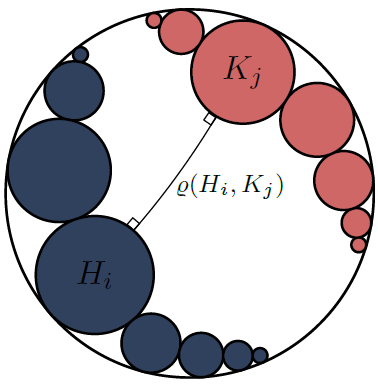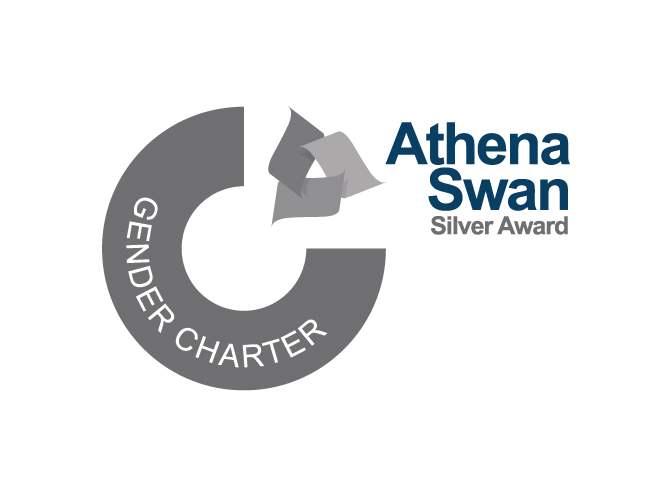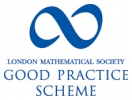EPSRC award – The Farey framework for SL2-tilings
 Dr Ian Short has been awarded a £375,000 EPSRC New Investigator Award for the project The Farey framework for SL2-tilings. Part of the project summary reads as follows.
Dr Ian Short has been awarded a £375,000 EPSRC New Investigator Award for the project The Farey framework for SL2-tilings. Part of the project summary reads as follows.
This research programme will develop a geometric framework to bring together a significant body of work in the field of SL2-tilings and to answer major open questions in the field.
The subject of this proposal originated in simple number patterns which thirty years after their discovery proved to be a small part of a profound mathematical theory. These number patterns were first studied in the 1970s and named friezes because of their repetitive appearance. Conway and Coxeter devised an attractive way to classify friezes using polygons divided into triangles - triangulated polygons. Independent of this, the powerful theory of cluster algebras was developed in the 2000s, which found deep applications in diverse mathematical fields. It was observed that friezes could be constructed from cluster algebras, and this led to the development of new number patterns, more general than friezes, called SL2-tilings.
The field of SL2-tilings flourished in the decade since their inception, with leading groups in the UK at Leeds and Newcastle. Connections were uncovered to other mathematical fields, including algebraic combinatorics, difference equations, projective geometry, and representation theory. There has been significant focus on classifying types of SL2-tilings, usually with models inspired by Conway and Coxeter's triangulated polygons, to give mathematicians a visual way of interpreting SL2-tilings.
In 2015, it was observed that Conway and Coxeter's theory can be explained elegantly using a geometric object called the Farey complex, which can be thought of loosely as an infinite triangulated polygon. It has a geometry associated to it known as hyperbolic geometry, the geometry of special relativity from physics.
The PI took up the baton in 2020, using the Farey complex to offer a unified approach to a host of recent works on SL2-tilings with integer entries. This proposal advances this unifying work to offer geometric models for classes of SL2-tilings that have thus far resisted classification. To achieve this, we will apply techniques from hyperbolic geometry and the field of continued fractions, which is concerned with representing numbers; both are fields of expertise of the PI.

